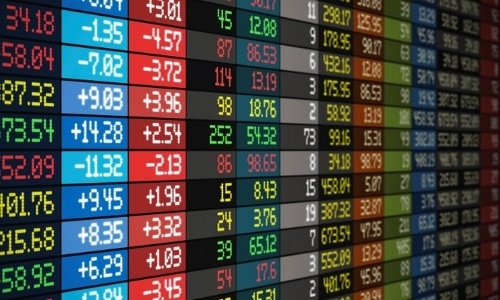5 min read
The Top Twelve: Items to Consider During the ETRM System Selection Process
We've recently met with several clients regarding ETRM (energy trading and risk management system) system selection projects and, in our humble...

Hedging crude oil or natural gas when the market hits a producer's target price is neither a way to manage price risk nor to maximize the price received at the well head.
"We don't want to hedge until prices move back to $3.00/MMbtu or $55/BBL," is similar to what we often hear when initially discussing hedging strategies with prospective clients. Crude oil and natural gas producers who pursue a hedging "strategy" of this nature are attempting to manage their price risk by hedging when they can obtain a price that they perceive to be attractive or advantageous. In essence, a producer employing this strategy is trying to maximize their cash flow and revenues by waiting for prices to increase as much as possible before executing a hedge. Ideally, they want to hedge at the "top of the market".
Crude oil and natural gas prices can be incredibly volatile and, in the words of John Maynard Keynes, "Markets can remain irrational longer than you can remain solvent." Prices can change quickly and drastically, without warning and without regard for a producer's arbitrary price target. If the one year natural gas price strip is currently trading at $3.00/MMbtu, what happens to a producer with a $4.00 price target if the strip declines to $2.00 for another year, before reversing to a level which is near or above their $4.00 target? The pursuit of an additional $1.00 ends up costing the producer $2.00 for every MCF produced over the course of the year in the middle.
And what about the producer who hedges at $3.00, only to see the market subsequently rise to $4.00? In the minds of many producers, they've left a dollar on the table. If you ponder how this strategy would play out in the long run for most producers, it won't put them in a position to effectively manage their price risk nor maximize their cash flows and revenues. If the market never reaches the target, the producer remains fully exposed, no matter how low prices go. That's not risk management. And if the producer hedges as the prices are increasing, he eliminates his ability to participate in the upside. That won't maximize cash flows or revenues.
In short, utilizing a hedging strategy based on market timing almost ensures that the producer will, even if only for a short period of time, be exposed to the lowest prices offered by the market and, unless they are unusually lucky, will never receive the highest prices offered by the market. Crude oil and natural gas prices are cyclical and always will be. They will rise again. And they will fall again.

5 min read
We've recently met with several clients regarding ETRM (energy trading and risk management system) system selection projects and, in our humble...

3 min read
In our previous post in this series, we explored how energy consumers and producers can utilize swaps to hedge their energy commodity price risk....

4 min read
On Friday NASDAQ Futures (NFX) launched twenty-six “new” commodity contracts in an attempt to take market share from incumbents CME (NYMEX) and ICE....